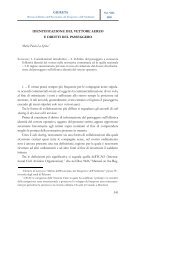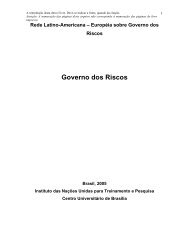Rome II and Tort Conflicts: A Missed Opportunity Abstract Contents
Rome II and Tort Conflicts: A Missed Opportunity Abstract Contents
Rome II and Tort Conflicts: A Missed Opportunity Abstract Contents
Create successful ePaper yourself
Turn your PDF publications into a flip-book with our unique Google optimized e-Paper software.
SYMEON C. SYMEONIDES ROME <strong>II</strong> AND TORT CONFLICTS<br />
B. Structure<br />
<strong>Rome</strong> <strong>II</strong> begins with forty statements or “recitals” explaining the drafters’<br />
thinking <strong>and</strong> goals, <strong>and</strong> continues with thirty-two articles divided into seven chapters.<br />
The most important of these chapters, <strong>and</strong> the focus of this essay, is chapter <strong>II</strong>, which<br />
contains the general rule for all torts (Art. 4), followed by special rules on product<br />
liability (Art. 5), unfair competition (Art. 6), environmental damage (Art. 7),<br />
infringement of intellectual rights (Art. 8), <strong>and</strong> industrial action (Art. 9). Chapter <strong>II</strong>I<br />
deals with unjust enrichment, negotiorum gestio, <strong>and</strong> culpa in contrahendo, chapter<br />
IV deals with party autonomy (Art. 14), <strong>and</strong> the remaining chapters contain common,<br />
general <strong>and</strong> transitional rules.<br />
The general rule of Article 4 is the lex loci delicti, which is defined as the law<br />
of the place of the injury (lex loci damni). The rule is followed by an exception in<br />
favor of the parties’ common habitual residence, <strong>and</strong> by a general escape clause<br />
based on the “closer connection” principle. Articles 5 to 9 are phrased as either<br />
particular applications or clarifications of the general rule for certain torts, or as<br />
exceptions to the general rule. Before discussing these articles, it is helpful to identify<br />
some of the general methodological features of <strong>Rome</strong> <strong>II</strong>, beginning with the balance<br />
it strikes between certainty <strong>and</strong> flexibility.<br />
C. Certainty vs. Flexibility<br />
Every PIL system encounters the perennial tension between the need for<br />
certainty <strong>and</strong> predictability on the one h<strong>and</strong>, <strong>and</strong> the need for flexibility <strong>and</strong> equity on<br />
the other. Each system responds differently, striking a different equilibrium between<br />
39<br />
the two needs. For example, the GEDIP proposal, which consisted of a series of<br />
cascading presumptions rather than rules, was a deliberate <strong>and</strong> brave choice of<br />
flexibility over certainty. Although the GEDIP scheme was nearly perfect, the<br />
potential for uncertainty must have alarmed the Commission, because it moved<br />
sharply in the opposite direction of adopting a system of tightly written black-letter<br />
rules with relatively few escapes <strong>and</strong> little room for judicial discretion. The rapporteur<br />
40<br />
<strong>and</strong> Parliament tried to re-inject flexibility into the draft, but, as the final text<br />
reflects, the Commission <strong>and</strong> especially the Council remained unyielding. The only<br />
provision that remains from the Parliament’s efforts is a recital in the Preamble<br />
referring to the “need to do justice in the individual case,” juxtaposing it with the<br />
38. (...continued)<br />
32 BROOKLYN J. INT’L L. 269 (2006).<br />
39. For a comparative discussion of the various choices, see SYMEON C. SYMEONIDES, PRIVATE<br />
INTERNATIONAL LAW AT THE END OF THE 20TH CENTURY: PROGRESS OR REGRESS?, 21-35<br />
(1999) [hereinafter Symeonides, “PROGRESS OR REGRESS”].<br />
40. See, e.g., the rapporteur’s Report to the European Parliament, in Final A6-0211/2005, (June<br />
27, 2005).<br />
56 AMERICAN JOURNAL OF COMPARATIVE LAW (2008) PAGE 8 OF 46



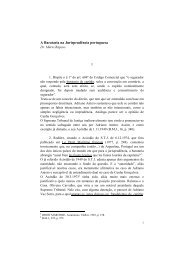

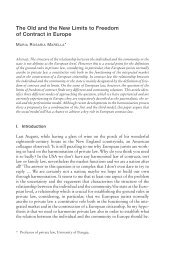


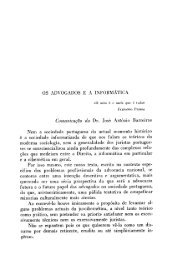
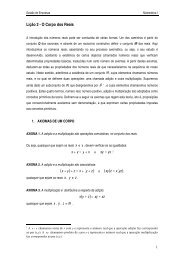

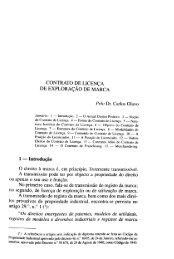
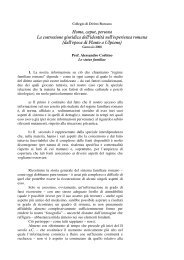
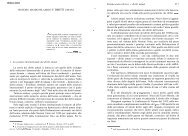

![Luigi Sapio Nozione di islām La parola “islām” [ ] è il mas.dar1 ...](https://img.yumpu.com/15836073/1/185x260/luigi-sapio-nozione-di-islam-la-parola-islam-e-il-masdar1-.jpg?quality=85)
